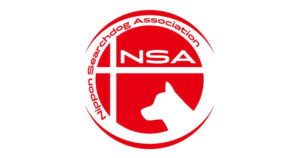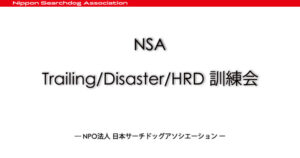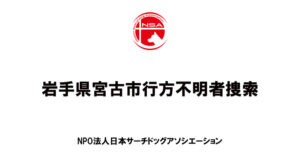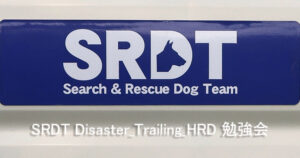NSA Trailing/Disaster/HRD 訓練会レポート_2025.10.12
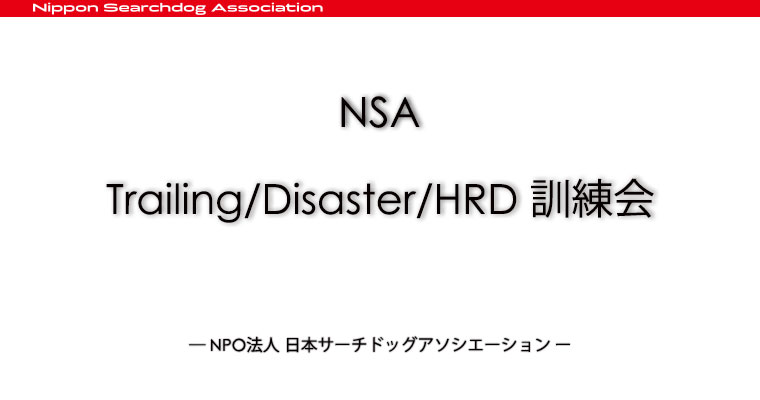
NSA Trailing/Disaster/HRD Training
2025年10月12日(日曜日)Trailing/Disaster/HRD 訓練会を開催しました。AM6:00 本社資材置き場に集合しTrailing unitは、市街地で各unitの課題に対しての基礎訓練とステップアップの設定訓練を行いました。Disaster unitは、資材置き場内で、いくつかの設定でunitごとの課題別の捜索精度の向上に努めました。HRD unitは、TFRの強化を目的としたエリア捜索を行い経験値を高めるステップに向けての訓練に臨みました。
On Sunday, October 12, 2025, a Trailing / Disaster / HRD training session was held. All teams gathered at 6:00 AM at the headquarters materials yard.
The Trailing unit conducted both foundational training and step-up scenario training in an urban environment, tailored to the individual challenges faced by each team.
The Disaster unit carried out several scenario-based exercises within the materials yard, aiming to improve search accuracy according to each unit’s specific training needs.
The HRD unit focused on area search exercises with the goal of strengthening TFR (Trained Final Response), as part of the next step in building experience and reliability.
Trailing training
モチベーションラン

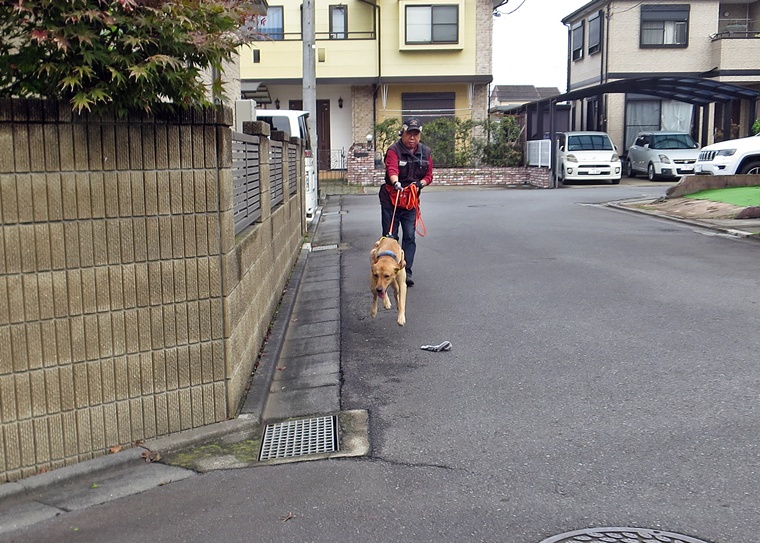
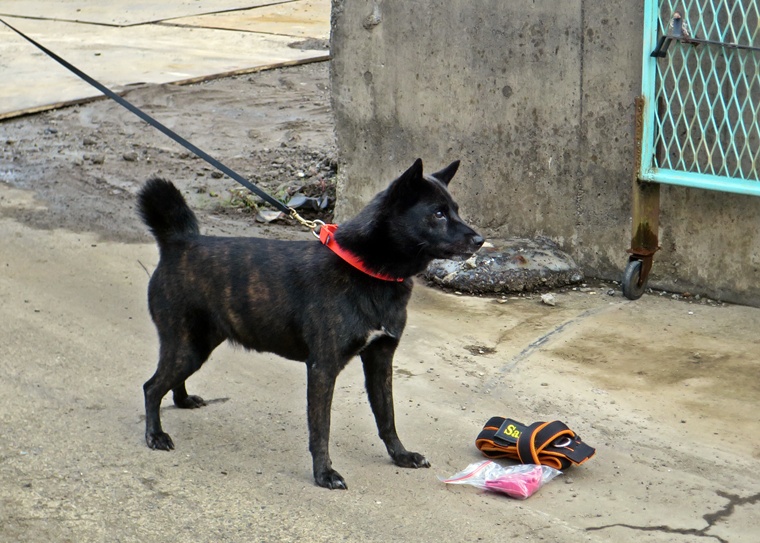
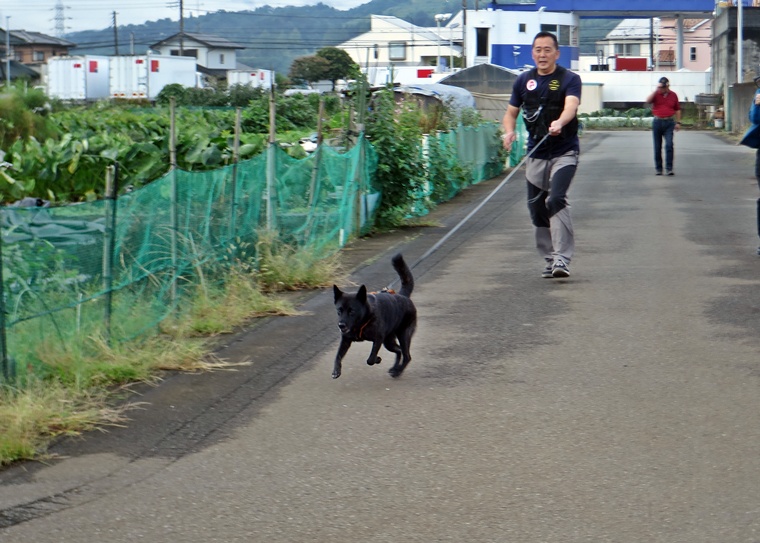
セントアーティクル トレーニング
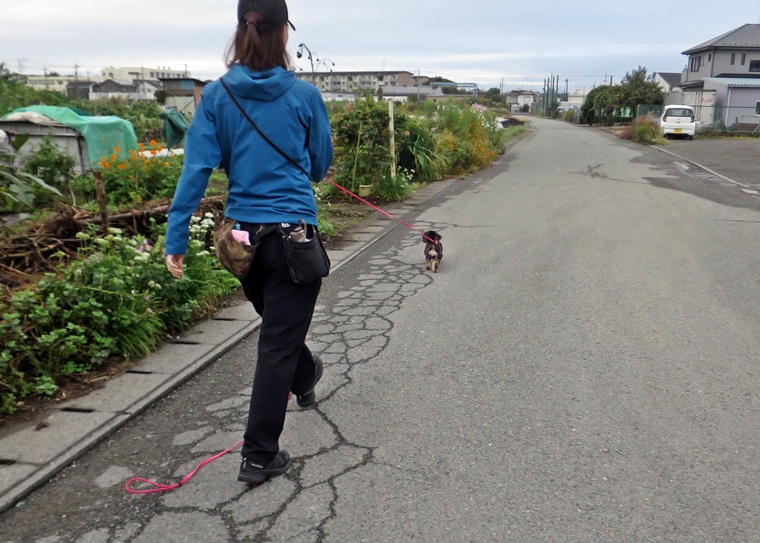
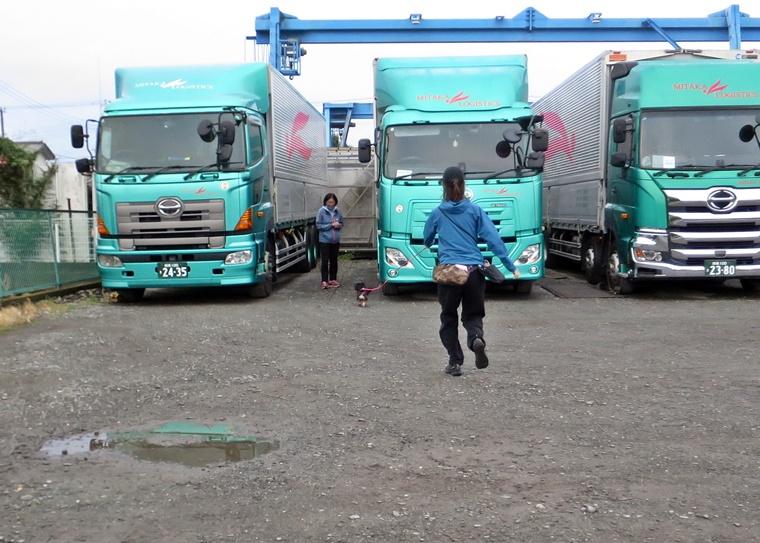
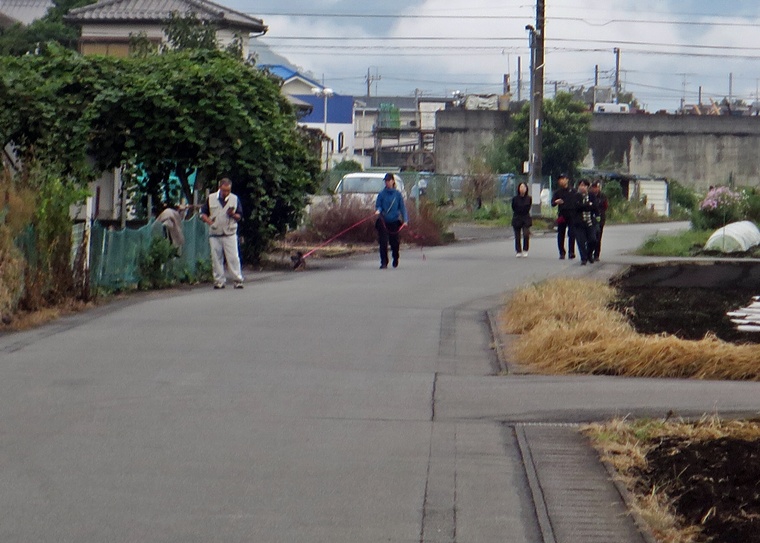
気温18度・湿度45%・微風の環境下でのステップアップトレーニング。地質変更・道路幅員・距離・屈折数・歩行者などのディストラクションなどを含んだトレールコースで現状の確認と課題が見えてきています。
Step-up training was conducted under conditions of 18°C temperature, 45% humidity, and a light breeze. The trail course included various elements such as changes in ground surface, varying road widths, distance, multiple turns, and distractions like pedestrians. Through this session, we were able to assess each team’s current status and identify areas for improvement.
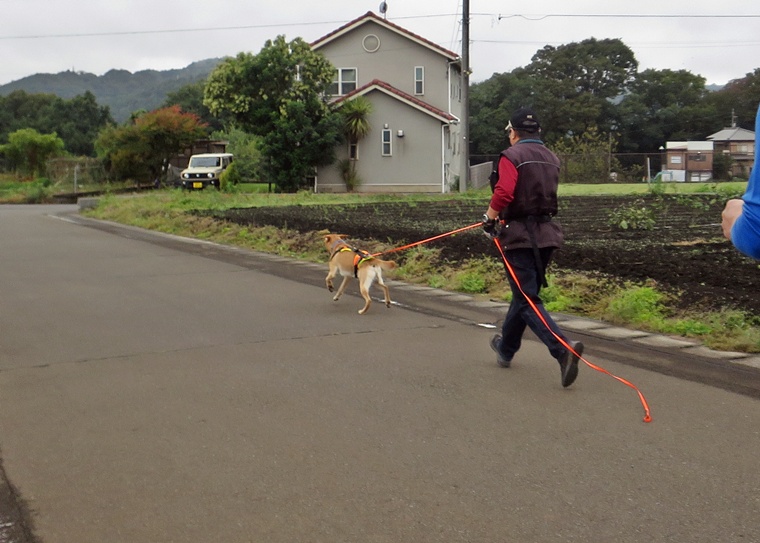
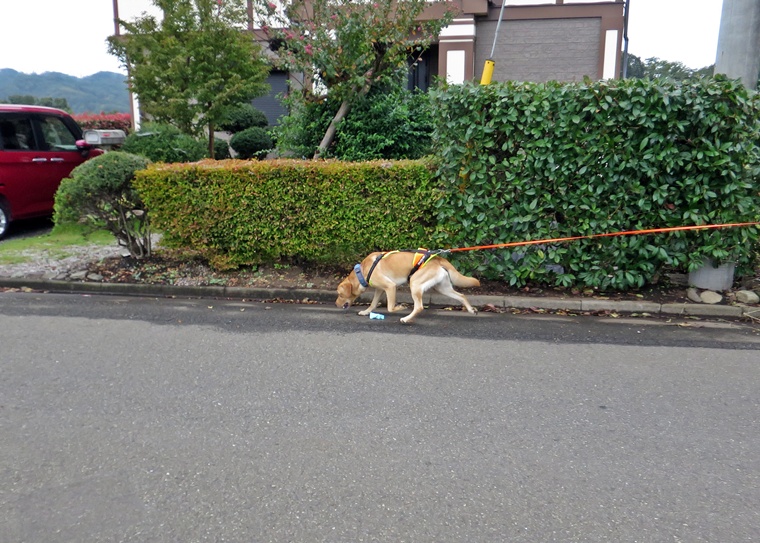
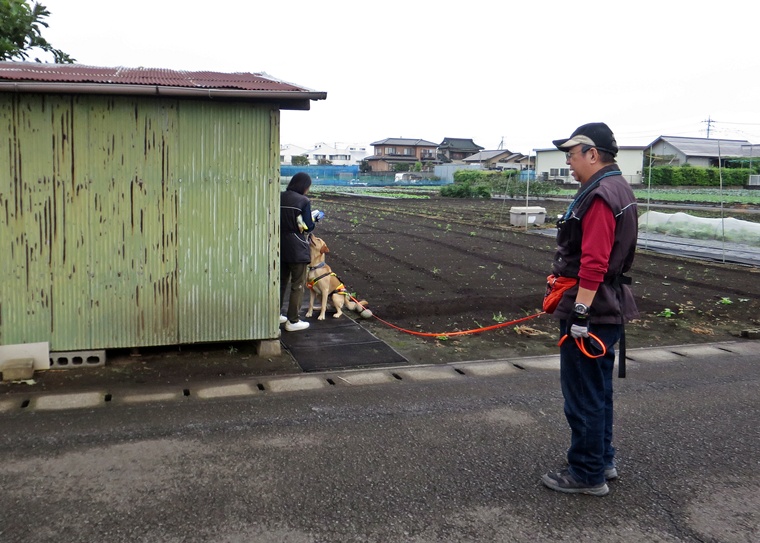
交差点でのネガティブ反応と、その先の臭跡を捕捉した際のポジティブ反応を確認し屈折数と距離を延ばすことも出来ていた。道路幅員が広い場所での車両通過後の臭跡の拡散の経験は、今後のステップには大切な経験。
We were able to confirm negative reactions at intersections and positive reactions when the dogs reacquired the scent trail beyond those points, allowing us to increase both the number of turns and the total trail length. The experience of working a dispersed scent trail following vehicle traffic across wider roadways also proved to be a valuable learning opportunity for the next stages of training.

今までの環境下(要救助者・トレールコース)の記憶が、本来の捜索作業への集中の妨げになり、臭跡への認識を不安定にしていた事への修正を行う。モチベーションランからスイッチを切り替えてセントアーティクルで再構築。
We addressed an issue where the dogs’ memory of previous environments—such as familiar victims or trail courses—was interfering with their ability to fully concentrate on the actual search task, resulting in unstable scent recognition. To correct this, we shifted from motivation runs to scent article training, effectively resetting their mindset and rebuilding their focus on the search process.
Disaster training
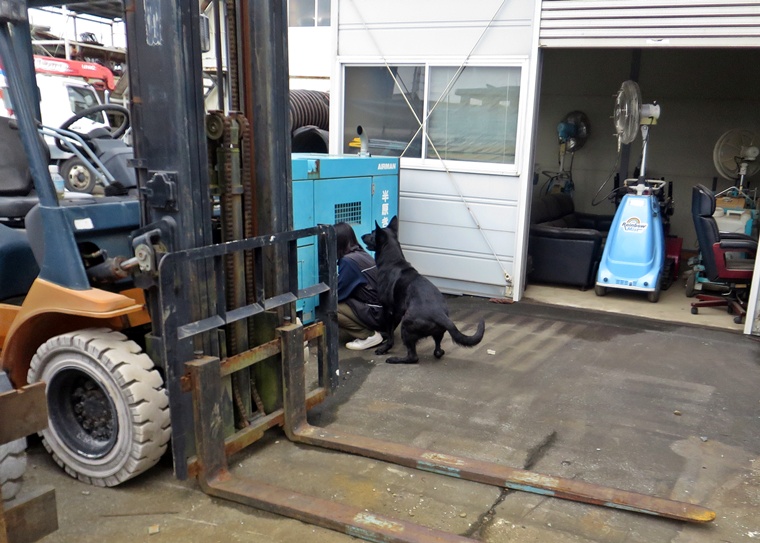

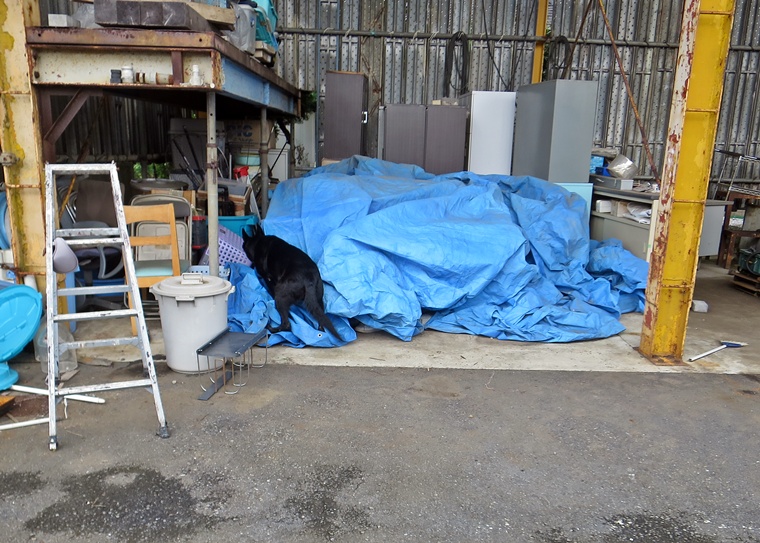
前回に引き続き、特定エリアの中ですが、要救助者への到達意欲と到達後の素早い告知に関してのトレーニングを行った。後半は、要救助者は障害物に遮断されている設定で行われたが、意欲的な作業が見られた。
Following the previous session, training was conducted within a designated area to strengthen the dogs’ drive to reach the victim and to encourage prompt alert behavior upon arrival. In the latter half, the victim was placed in a setting obstructed by barriers. Despite the increased difficulty, the dogs displayed motivated and focused performance throughout the exercise.
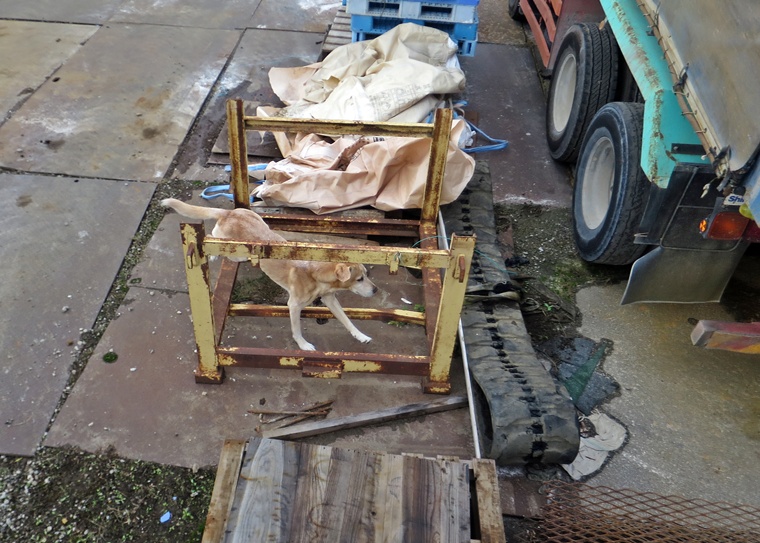
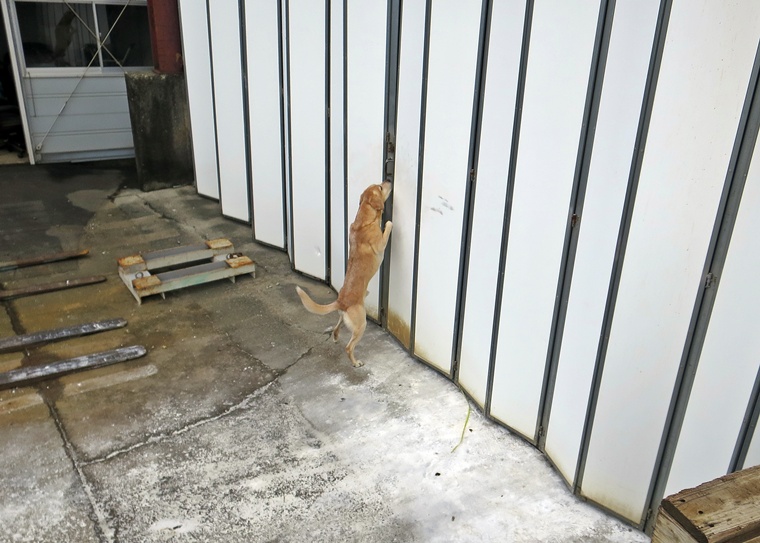
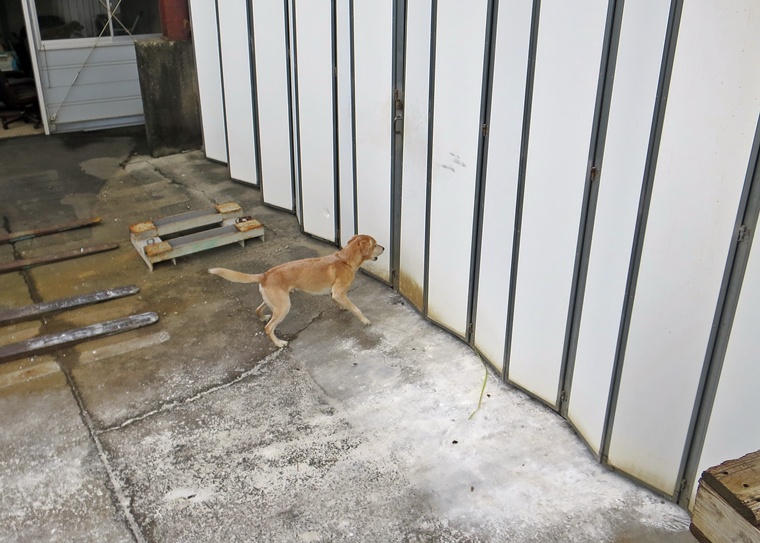
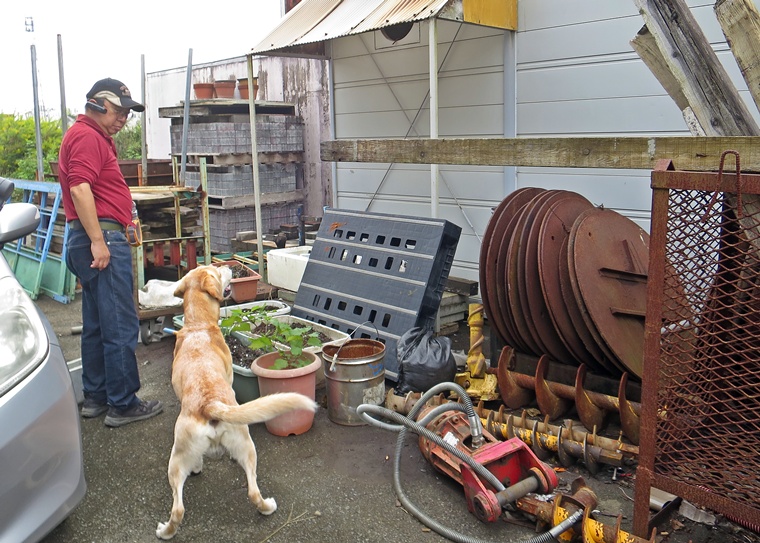
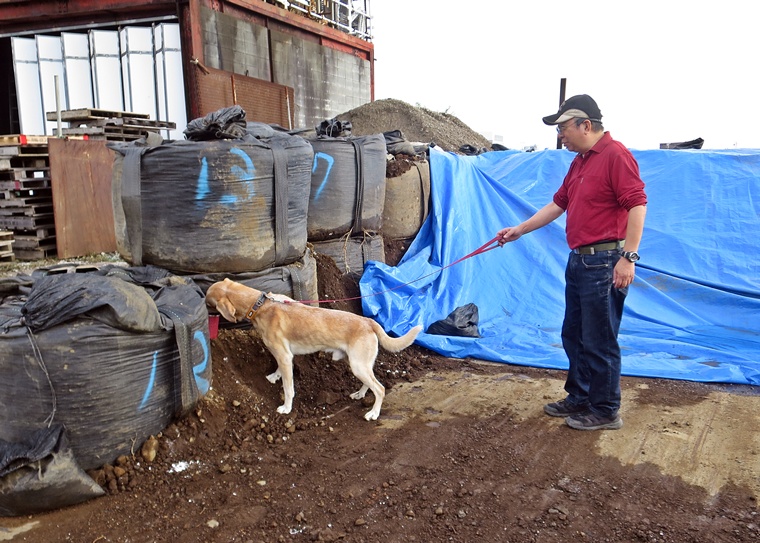
走破性の高いunitは、捜索エリアも広範囲になり易いが、要救助者からのセントコーンを捉える為には、一定のハンドリングが必要となる。今回は、告知の際のハンドラーのポジションを意識する傾向やバークアラートの維持なども課題としてトレーニングを行った。建物内の要救助者に対して犬の反応は、ニンゲンが考えた設定とは真逆の場所で明確な反応が見れたが、捜索犬の反応が正解であり風の流れを確実に設定条件に考慮する事が、今回のような設定での良い経験につながる。また、今後の経験値として、HRDの導入経験も進めた。
Units with high mobility tend to cover wider search areas, but effective handling is essential to ensure the dogs can properly catch the scent cone from the victim. In this session, training focused on key challenges such as the handler’s positioning during alerts and maintaining consistent bark alert behavior.
In one scenario, the dog gave a clear indication toward a victim hidden inside a building, but in a location completely opposite from what a human might expect. This confirmed that the dog’s response was accurate, and reinforced the importance of factoring wind flow into the setup conditions. Such scenarios provided valuable experience in understanding how scent travels in complex environments.
Additionally, to build future capability, introductory training for HRD (Human Remains Detection) work was also implemented during this session.
HRD training
エリア捜索
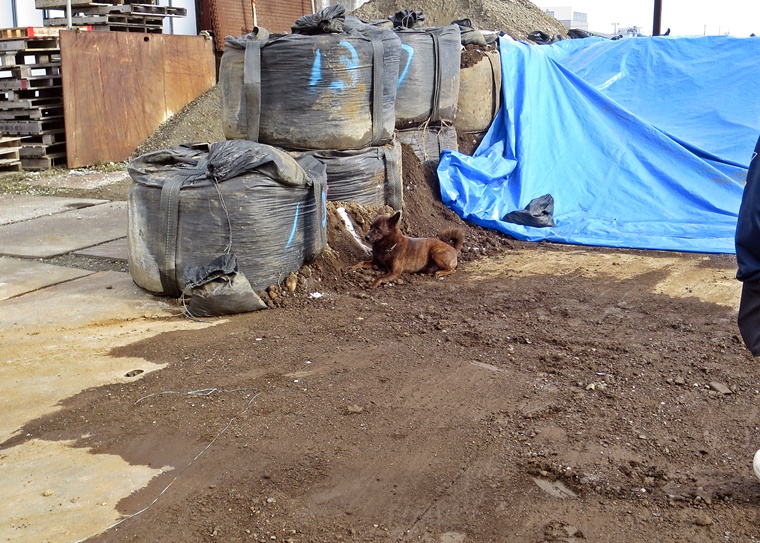
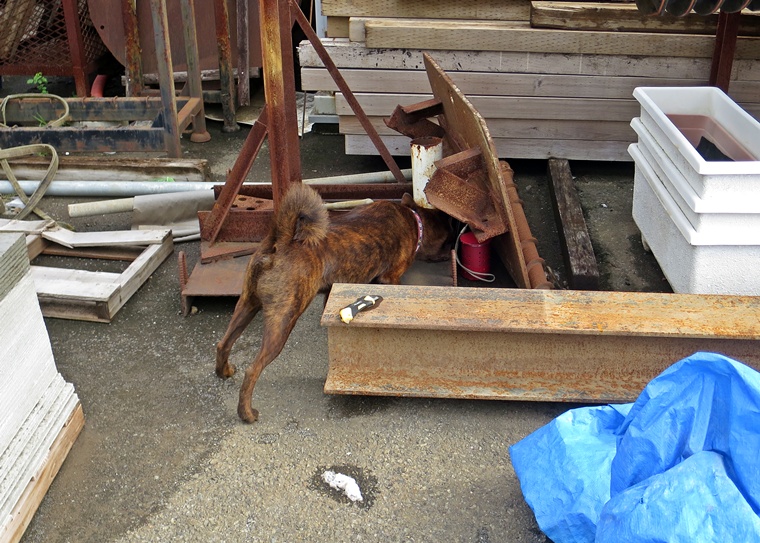
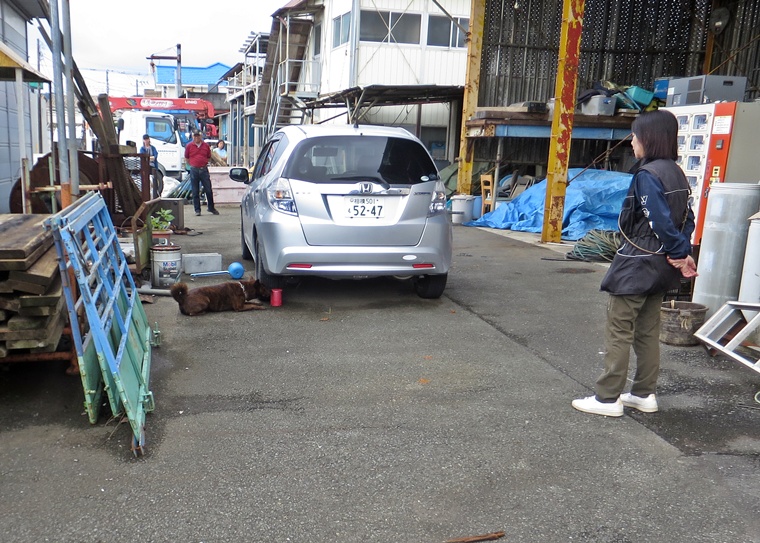
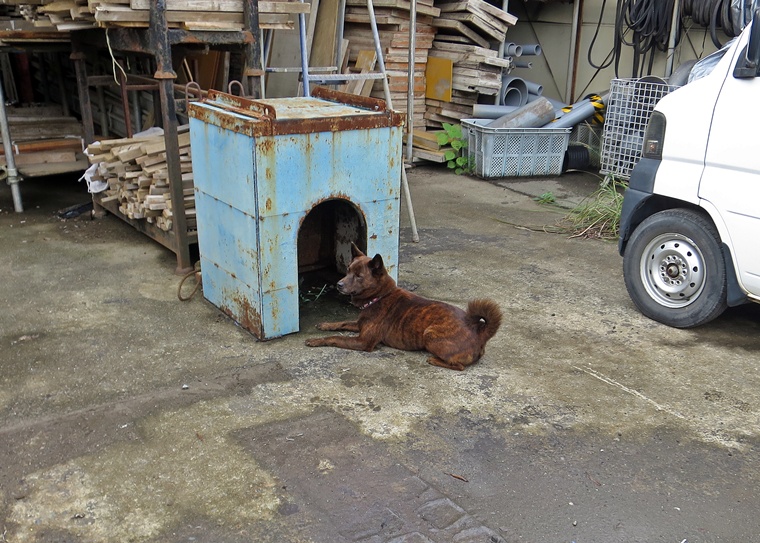
気温20度・湿度48%・微風の環境下で、4か所のそれぞれ違うエリア内での捜索とTFRの強化トレーニングを行った。ディストラクションに対して反応や、ソースに対して一時的にフリーズする傾向はあるもののTFRへの意識は、以前よりも高くなってきている。捜索リズムは速くないが、その分、微妙な風の流れによるセントコーンの捕捉やセントプールに対しては効率的で明確な反応が見られた。
Under conditions of 20°C, 48% humidity, and a light breeze, search and TFR reinforcement training was conducted across four distinct areas. While some dogs showed reactions to distractions or a temporary tendency to freeze at the source, their awareness of TFR has clearly improved compared to previous sessions.
Although the overall search rhythm was not particularly fast, the dogs demonstrated efficient and clear responses, especially in detecting scent cones and scent pools influenced by subtle wind currents.
NSAの活動は、民間ボランティアによる活動です。
多くの方々からご支援いただくことで、より速く、より多くの行方不明者捜索にサーチドッグを派遣することができます。皆様のご支援をお願いいたします。
NSA’s activities are carried out by civilian volunteers.
With the support of many individuals, we can deploy search dogs more quickly and to a greater number of missing person cases.
We sincerely ask for your continued support.


